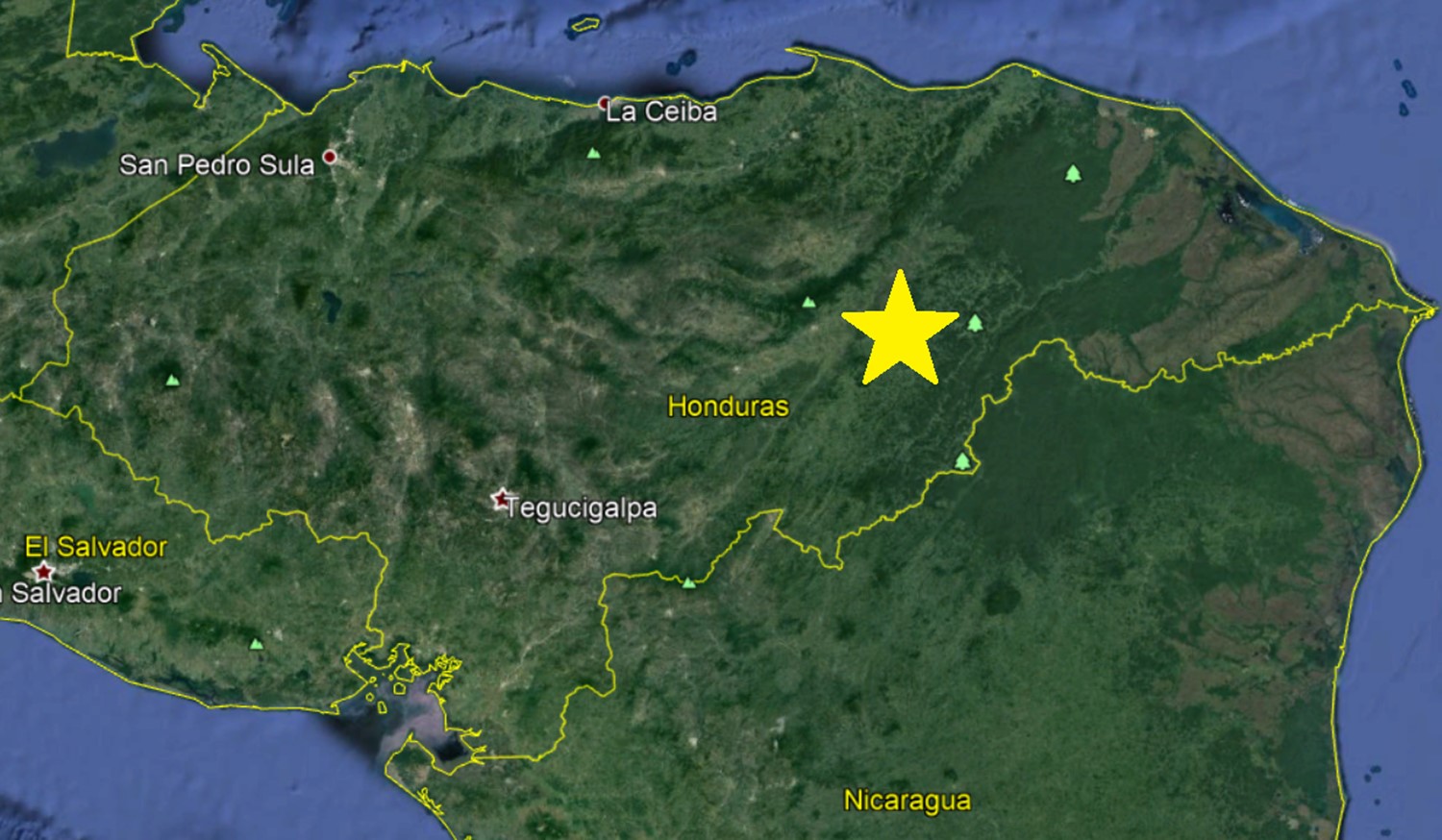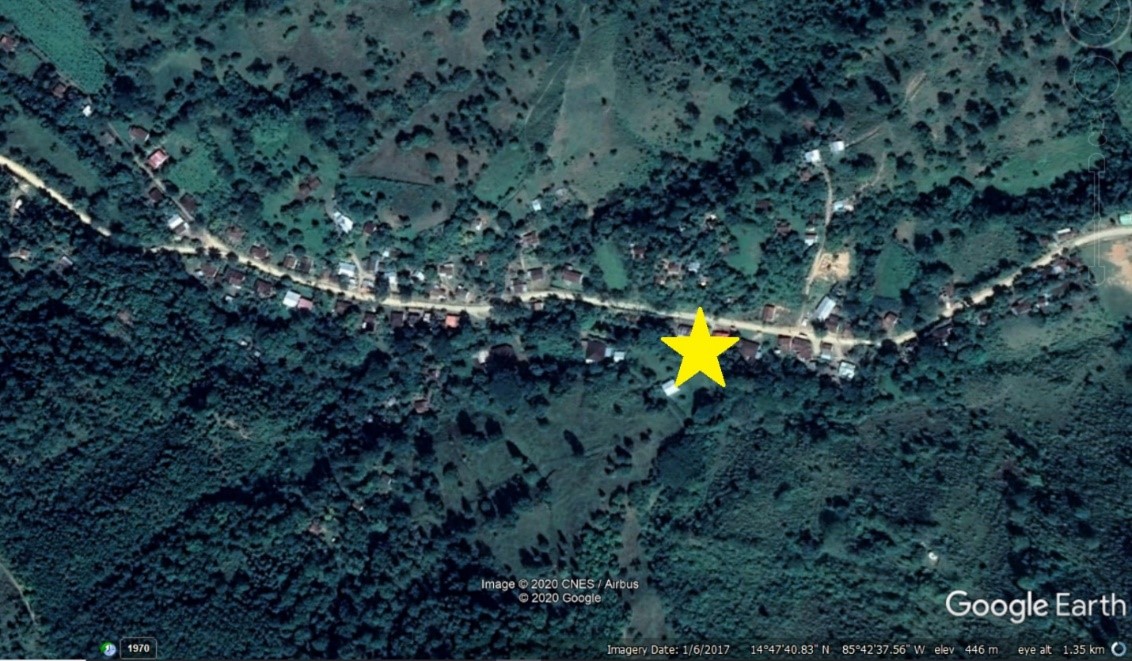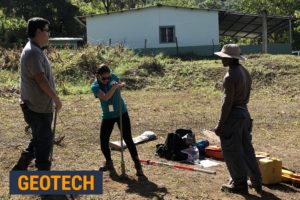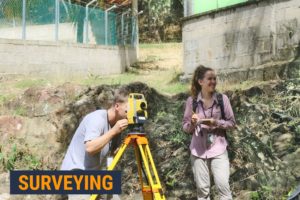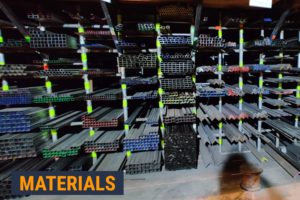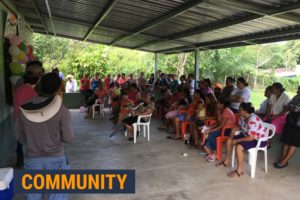SITE NAVIGATION
Background
The Problem
For several communities near the rural village of Bacadillas, Honduras, access to the local medical clinic is restricted by a steep riverbed which becomes impassable during the rainy season. In recent years, locals have annually constructed makeshift bridges to allow access to the clinic, only to have them washed away as the river level inevitably rises. The team aims to eliminate this issue by producing construction-ready documents for a long-termpedestrian bridge.
The design will be founded upon input from the community and direct measurements taken of the area, gathered during a team trip to the village in the Fall of 2019. Furthermore, the design emphasizes safety, constructability, economic feasibility, resiliency, and sustainability. An environmental assessment and community impact assessment were performed to ensure sustainability and safety in the design. A cost estimate was created to determine the economic feasibility of the project. The team hopes that the results of this project will allow for safe and sustained travel to the clinic and consequently an improved quality of life for the surrounding communities.
- Bacadillas, Honduras
- Location of the bridge
Site Visit
Three members of our team traveled to the site in November 2019 in conjunction with the Lipscomb Design Team, who were partners on the project. While in Honduras, team members got to explore the community, interact with the residents, and do data collection. The site visit was an opportune time to collect data in four main areas:
- Geotech: Determining how much pressure the soil can take, which is essentially how “strong” the ground is.
- Surveying: Establishing the profile of the riverbed and the elevation of the banks to be used for hydrological analysis and bridge placement.
- Materials: It is cheaper to source materials locally from Honduras, so we wanted to do so whenever possible. We explored what materials are available and how strong they are.
- Community: We wanted to, at all times, be prioritizing the needs and desires of the community. Furthermore, by giving community members a stake in the project, they are more likely to be active members in the design and upkeep of the bridge.


